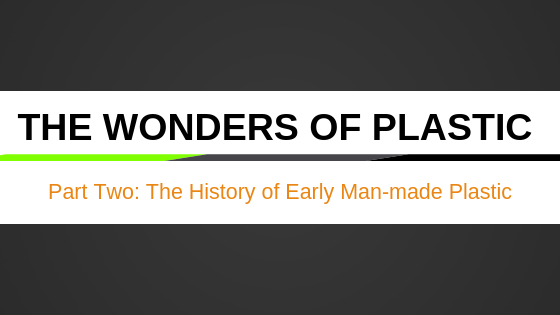Deprecated: Required parameter $useRelative follows optional parameter $isPlain in /home1/fjldkzmy/public_html/ivp/administrator/components/com_easyblog/includes/videos/videos.php on line 250
Deprecated: Required parameter $lib follows optional parameter $source in /home1/fjldkzmy/public_html/ivp/administrator/components/com_easyblog/includes/mediamanager/adapter.php on line 22
Deprecated: Required parameter $manifestFile follows optional parameter $name in /home1/fjldkzmy/public_html/ivp/administrator/components/com_easyblog/includes/form/form.php on line 18
Deprecated: Required parameter $authorId follows optional parameter $categories in /home1/fjldkzmy/public_html/ivp/administrator/components/com_easyblog/includes/category/category.php on line 322
Deprecated: Required parameter $block follows optional parameter $mode in /home1/fjldkzmy/public_html/ivp/administrator/components/com_easyblog/includes/blocks/blocks.php on line 238
Deprecated: Required parameter $blockHtml follows optional parameter $mode in /home1/fjldkzmy/public_html/ivp/administrator/components/com_easyblog/includes/blocks/blocks.php on line 238
Deprecated: Required parameter $block follows optional parameter $mode in /home1/fjldkzmy/public_html/ivp/administrator/components/com_easyblog/includes/blocks/blocks.php on line 408
Deprecated: Required parameter $blockHtml follows optional parameter $mode in /home1/fjldkzmy/public_html/ivp/administrator/components/com_easyblog/includes/blocks/blocks.php on line 408
The Wonders of Plastic: Part Two - The History of Early Human-Made Plastic
Alexander Parkes created the first form of human-made plastic and revealed it to the public in 1862 at the London International Exhibition. He called the compound Parkesine. Parkesine is created by dissolving cellulose nitrate in alcohol and mixing it with vegetable oil. It was an early precursor to celluloid and can be created entirely from organic compounds.
Celluloid was widely used to replace expensive materials such as tortoiseshell and ivory. Billiard balls were even produced from celluloid as a replacement for ivory. Eventually, many everyday items such as toys and toothbrushes would be made from the compound. Chemist, John H. Stevens, discovered that celluloid could be successfully diluted using amyl acetate. This discovery allowed for its use in photography and motion picture films. It was then replaced by cellulose acetate, which was a more successful alternative for film, as celluloid was highly flammable.
While Parkesine was an early plastic made from organic compounds, Dr. Leo Bakeland is credited with creating Bakelite, the world's first synthetic plastic, in 1907. Bakelite is a compound made from phenol and formaldehyde. One property that made Bakelite so successful was that it could be mass produced quickly, and once molded, it retained its shape. It eventually made its way into most households by replacing non-conducting parts in radios and many other electrical components. It was often found in toys, jewelry, and kitchenware. Bakelite had many good qualities, apart from color. Due to its composition, colors were muted and dull. This weakness of Bakelite would eventually lead to more innovation in the plastic industry, including the development of new types of plastic and compounds to replace it. The possibilities were endless.
Come back next week to read Part Three, as we delve into some of the most common and popular plastics through the years.
IVP Plastics was founded over 60 years ago and has experience in processing more than 140 custom plastic materials, specializing in reinforced and high-temperature materials.
By accepting you will be accessing a service provided by a third-party external to https://ivp.mpiinc.com/

